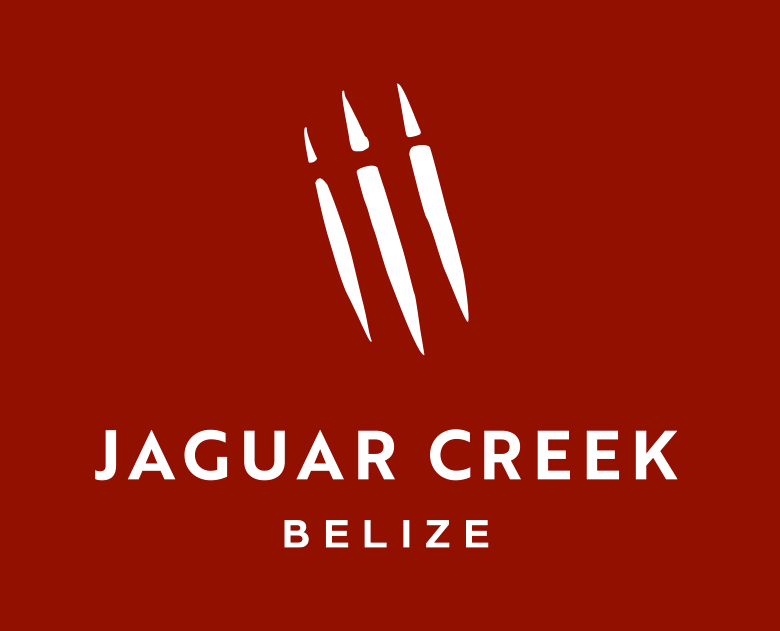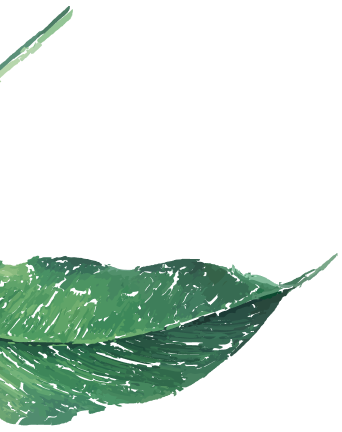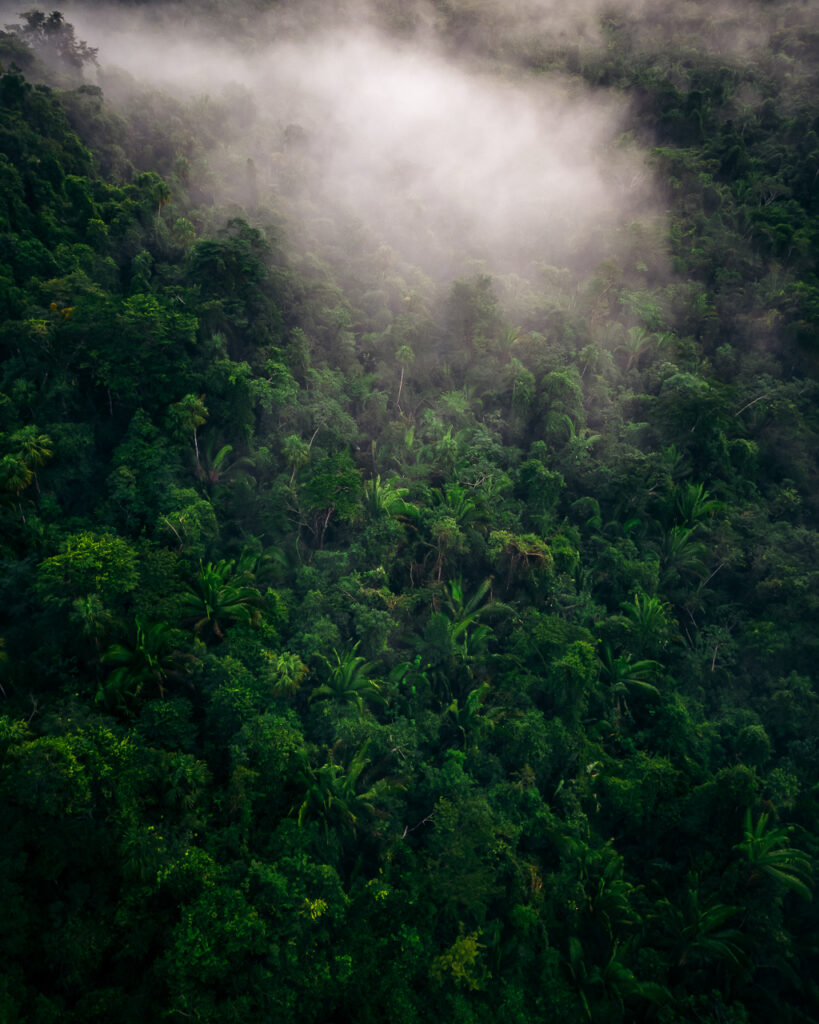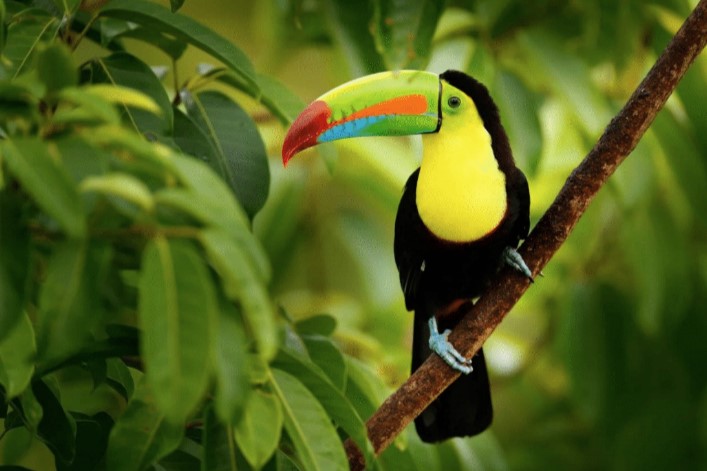Numerous compelling arguments favor maintaining the environment, including the need to save the planet’s biodiversity, natural resources, and future habitability. Jaguar Creek is integral to Belize’s complex ecosystem, which is the subject of conservation efforts. The jaguar is one of several endangered species that may be found in and around Jaguar Creek, a tributary of the Belize River. [1] Moreover, the creek provides drinking water to nearby residents; preserving it is paramount. Conservation groups and government agencies have taken several steps to save Jaguar Creek and the surrounding environment.
The Efforts Being Utilized Jaguar Creek
Effort #1.Establishing Protected Areas
Cockscomb Basin Wildlife Sanctuary and Chiquibul Forest Reserve are examples of protected areas that have been established to safeguard Jaguar Creek and its environs. The government of Belize, as the entity charged with creating and overseeing the protected areas and the local populations, are stakeholders in this endeavor since the latter may depend on the protected areas’ natural resources for subsistence. [2] The protected areas benefit Jaguar Creek because they provide a secure and stable environment for the region’s flora and fauna, including the critically endangered jaguar. When natural resources and biodiversity are conserved, it may benefit the local economy and environment. Furthermore, local culture and traditions, which may be intrinsically linked to the area’s natural resources, may benefit from the protection afforded by the protected areas.[3]
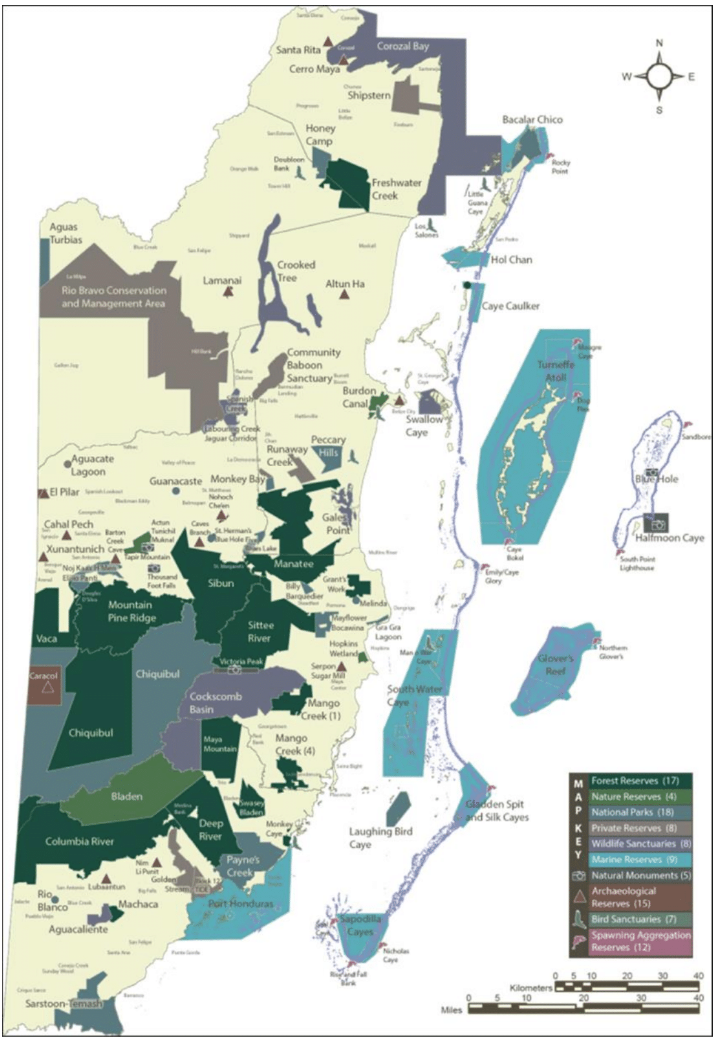
Effort #2.Promoting Sustainable Agriculture
Conservation initiatives in Belize also need to focus on fostering sustainable agriculture. The water quality of Jaguar Creek and the surrounding ecosystem may be protected by encouraging local farmers to adopt sustainable agricultural techniques, such as utilizing organic fertilizers and decreasing the use of pesticides. Farmers on the ground in Belize would be the ones to put into practice sustainable agricultural methods, and the government of Belize might lend a hand by providing resources and assistance.[4]. Local populations that depend on the area’s natural resources for their livelihoods and conservation organizations that offer farmers technical support and training are two more groups that may have an interest in the topic [5].
Since many different kinds of flora and fauna rely on the creek’s water, it is excellent that this action is being taken to help preserve the creek’s water quality. Preserving the region’s natural resources via sustainable agricultural methods may benefit the environment and the economy. Further, local communities may be guaranteed a reliable revenue stream for the long term if sustainable agriculture is encouraged.
Effort #3.Restoring Damaged Habitats
Conservation in Belize mainly includes efforts to rehabilitate degraded environments by replanting trees and creating new wetlands. Jaguar Creek and the surrounding region may be better protected thanks to these efforts to enhance the local environment’s health and resilience.[6]. Conservation groups, who may carry out the restoration projects, and the government of Belize, which may provide assistance and resources, are potential participants in this program. Communities in the area where restoration work is being done and individual contributors may be considered additional stakeholders.[7]
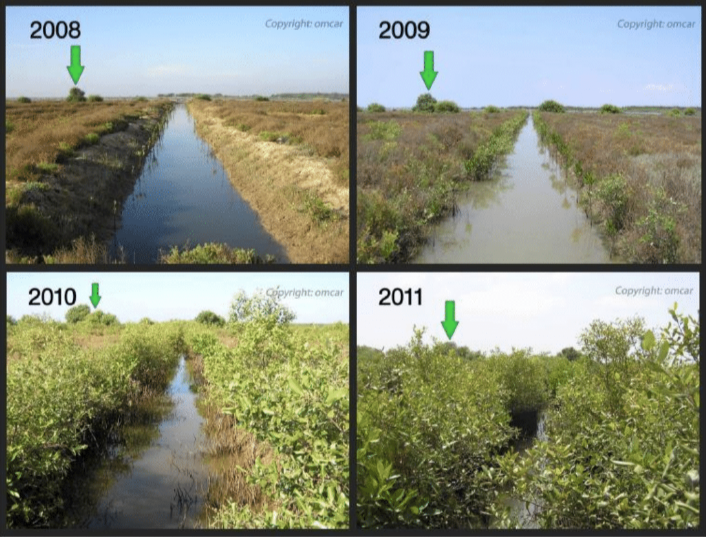
This project is beneficial for Jaguar Creek in that it enhances the overall health and resiliency of the local ecosystem, which in turn may be helpful to the many different plant and animal species that depend on the environment.[8] Restoring habitats that have been harmed may also assist in maintaining the natural resources of the region, which can have a beneficial effect not only on the environment but also on the economics of the surrounding area. In addition, restoration projects give local populations chances to participate in conservation efforts and contribute toward preserving natural environments.[9]
Conclusion
In conclusion, environmental preservation is a matter of critical importance for Belize and the whole world. Protecting Jaguar Creek and the surrounding area is crucial to ensuring the health of the local ecology in the long run. Establishing protected areas, supporting sustainable agriculture, repairing damaged ecosystems, and educating the public are all ways to safeguard the natural resources and biodiversity of the region, including the endangered jaguar and other plant and animal species. The government of Belize, local communities, conservation organizations, and individual contributions are all crucial to the success of these endeavors. If we all pitch in, we can ensure that Jaguar Creek and the surrounding area keep their natural beauty and diversity for future years.
ON THIS DAY
THE YEAR 1995:
Belize Foundation for Research and Environmental Education was established. It is a non-governmental organization (NGO) focusing on preserving Belize’s unique ecosystems and wildlife. To fulfill its mandate, BFREE operates many projects and activities in the Jaguar Creek area.[10]
[1]Colin A. Young,“Belize’s Ecosystems: Threats and challenges to Conservation in Belize,” TropicalConservation Science1, no. 1 (March 2008):18–33, https://doi.org/10.1177/194008290800100102.
[2]Roger Few,“Conservation, Participation, and Power: Protected-Area Planning in the Coastal Zone of Belize,” Journal of Planning Education and Research19, no. 4 (June 2000):401–8, https://doi.org/10.1177/0739456×0001900409.
[3]Roger Few,“Conservation, Participation, and Power: Protected-Area Planning in the Coastal Zone of Belize,” Journal of Planning Education and Research19, no. 4 (June 2000):401–8, https://doi.org/10.1177/0739456×0001900409.
[4]Richard T Wright,Environmental Science(Pearson College Division, 2005).
[5]Colin A. Young,“Belize’s Ecosystems: Threats and Challenges to Conservation in Belize,” TropicalConservation Science1, no. 1 (March 2008):18–33, https://doi.org/10.1177/194008290800100102.
[6]Michael K Steinberg,“Conflicts, Perceptions, and Prospects among Mayan Hunters,” Conservation and Society14, no. 1 (2016):13–20, http://www.jstor.org/stable/26393224.
[7]Roger Few,“Conservation, Participation, and Power: Protected-Area Planning in the Coastal Zone of Belize,” Journal of Planning Education and Research19, no. 4 (June 2000):401–8, https://doi.org/10.1177/0739456×0001900409.
[8]A Diedrich,“The Impacts of Tourism on Coral Reef Conservation Awareness and Support in Coastal Communities in Belize,” Coral Reefs26, no. 4 (2007):985–96, https://doi.org/10.1007/s003380070224z.
[9]“The Highlands of the Lowlands: Environment and Archaeology in the Stann Creek District, Belize, CentralAmerica,” Choice Reviews Online32, no. 10 (June 1, 1995):32–572832–5728, https://doi.org/10.5860/choice.32-5728.
[10]Michael K Steinberg,“Conflicts, Perceptions, and Prospects among Mayan Hunters,” Conservation and Society14, no. 1 (2016):13–20, http://www.jstor.org/stable/26393224.

